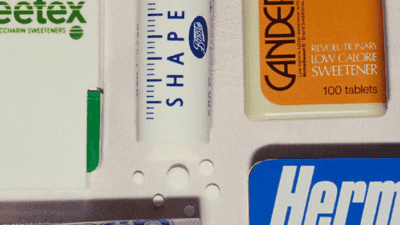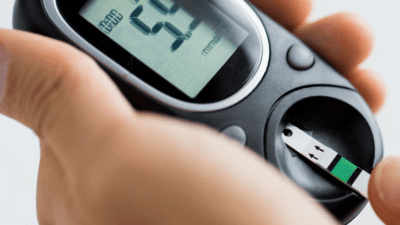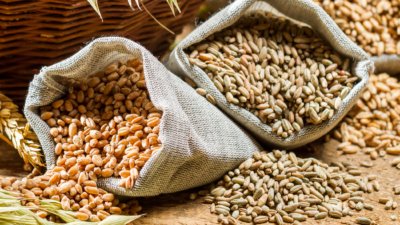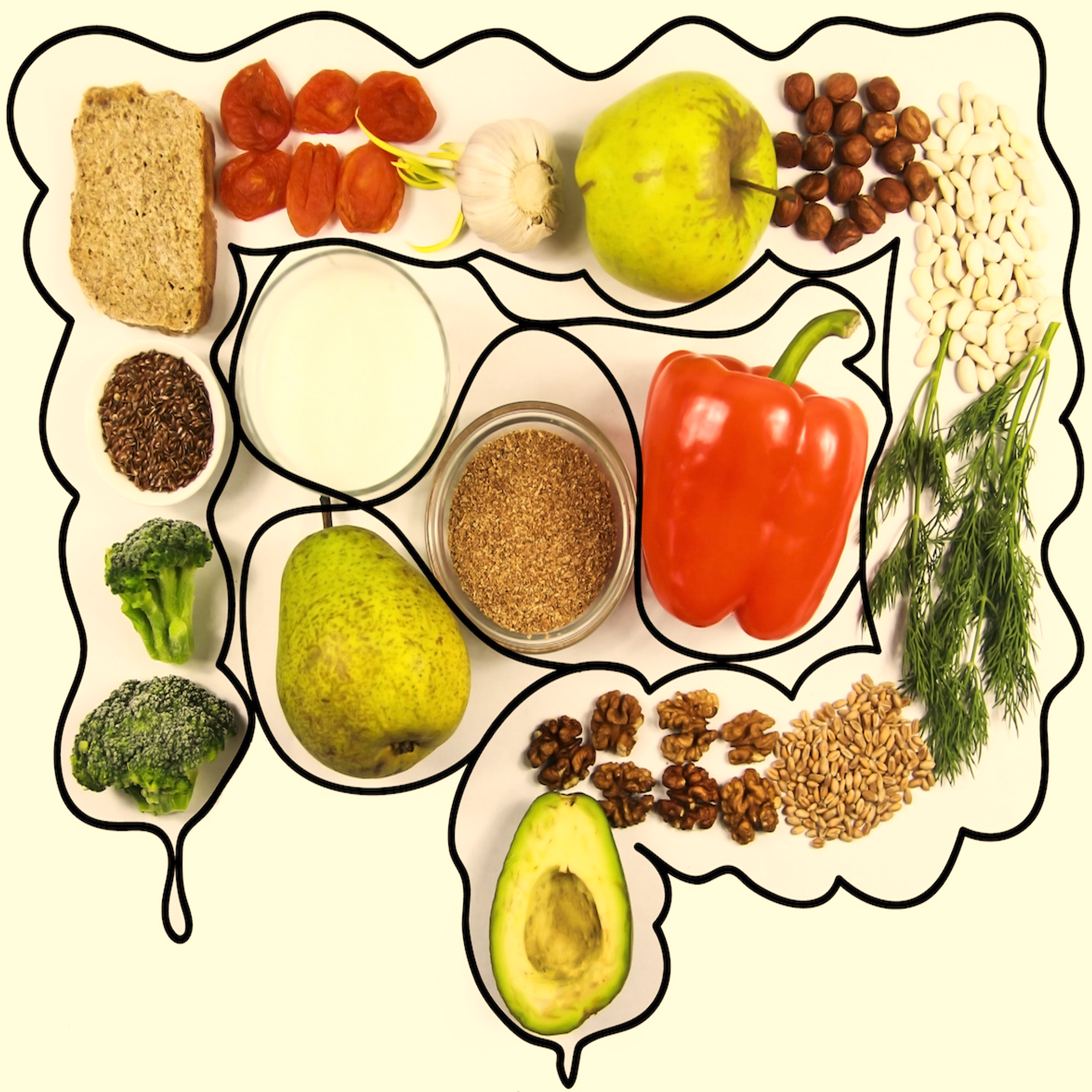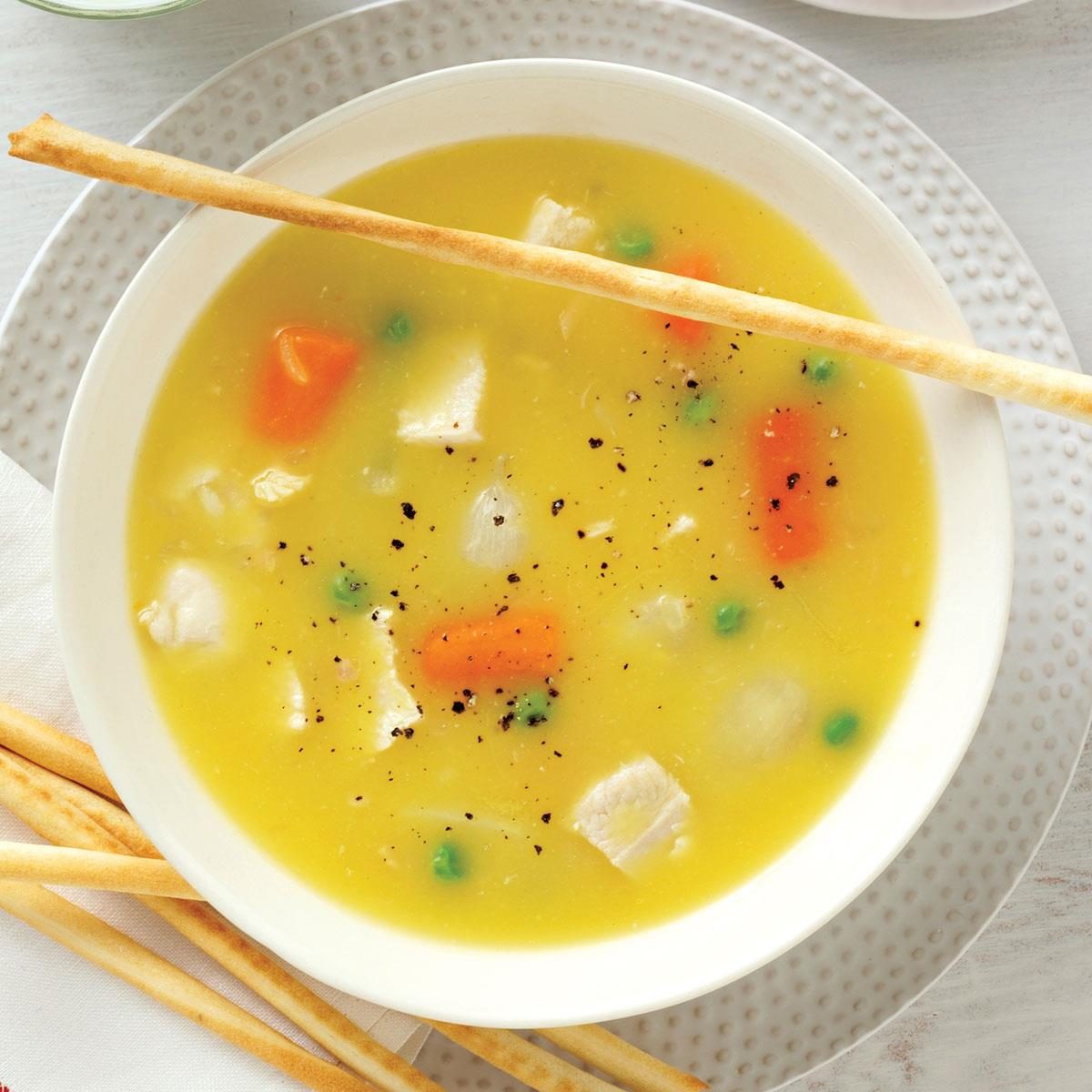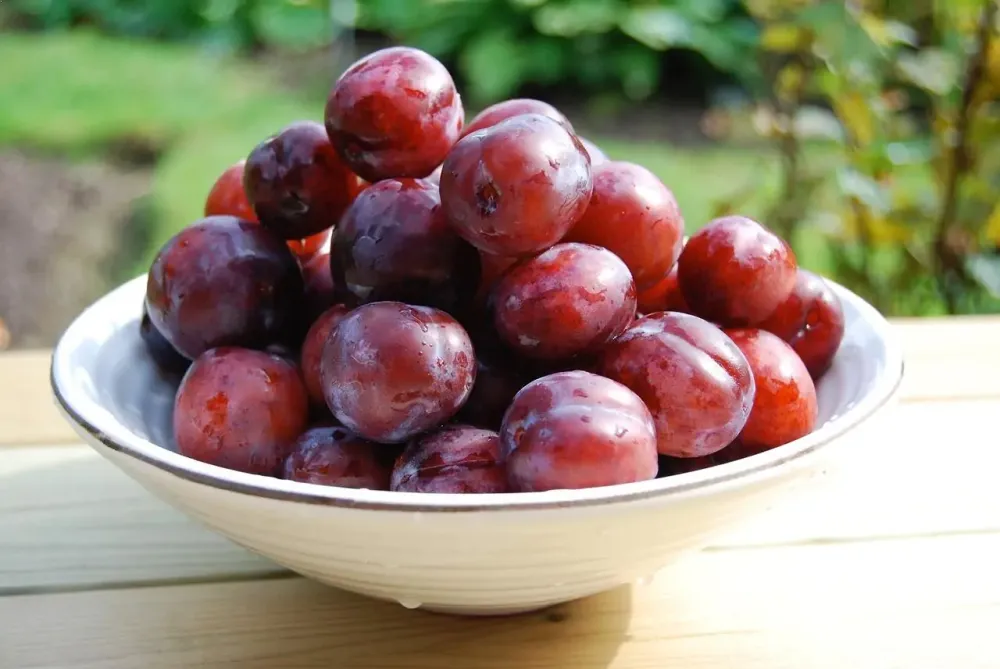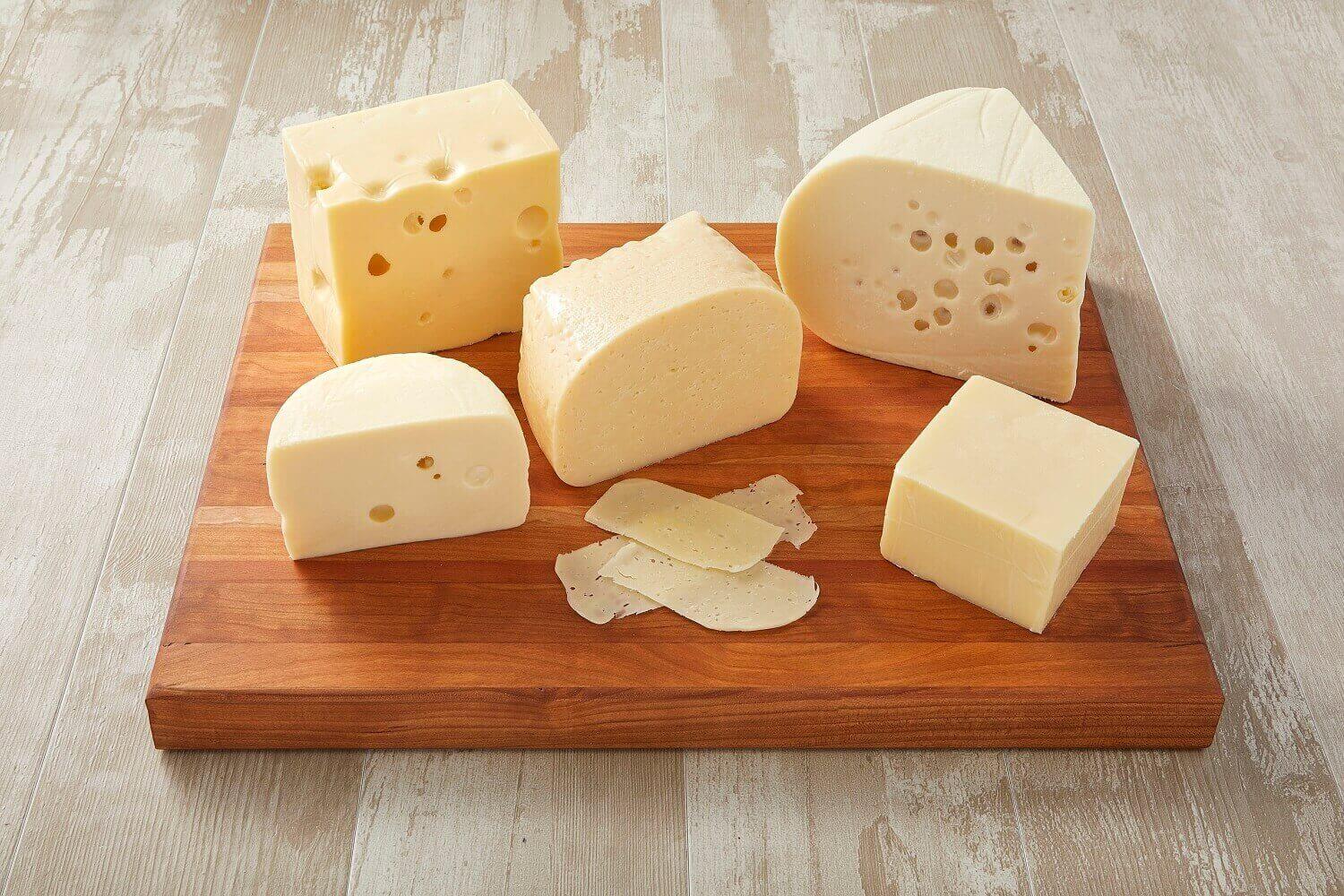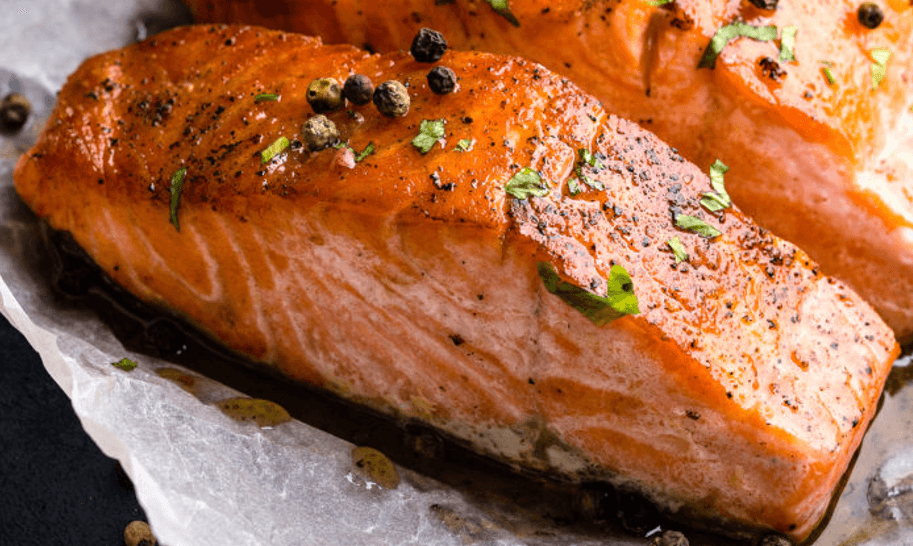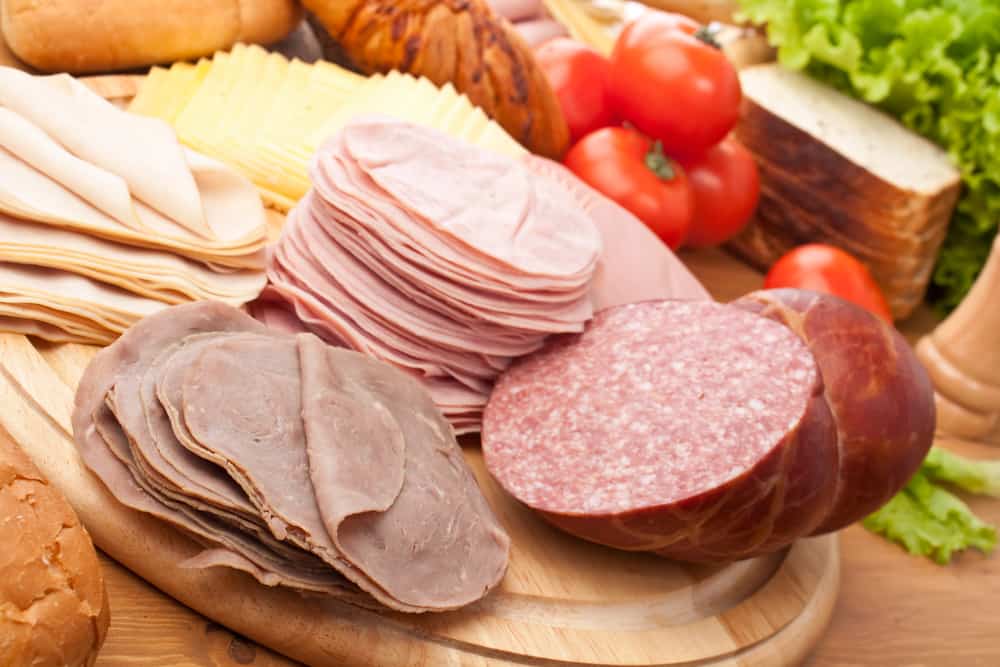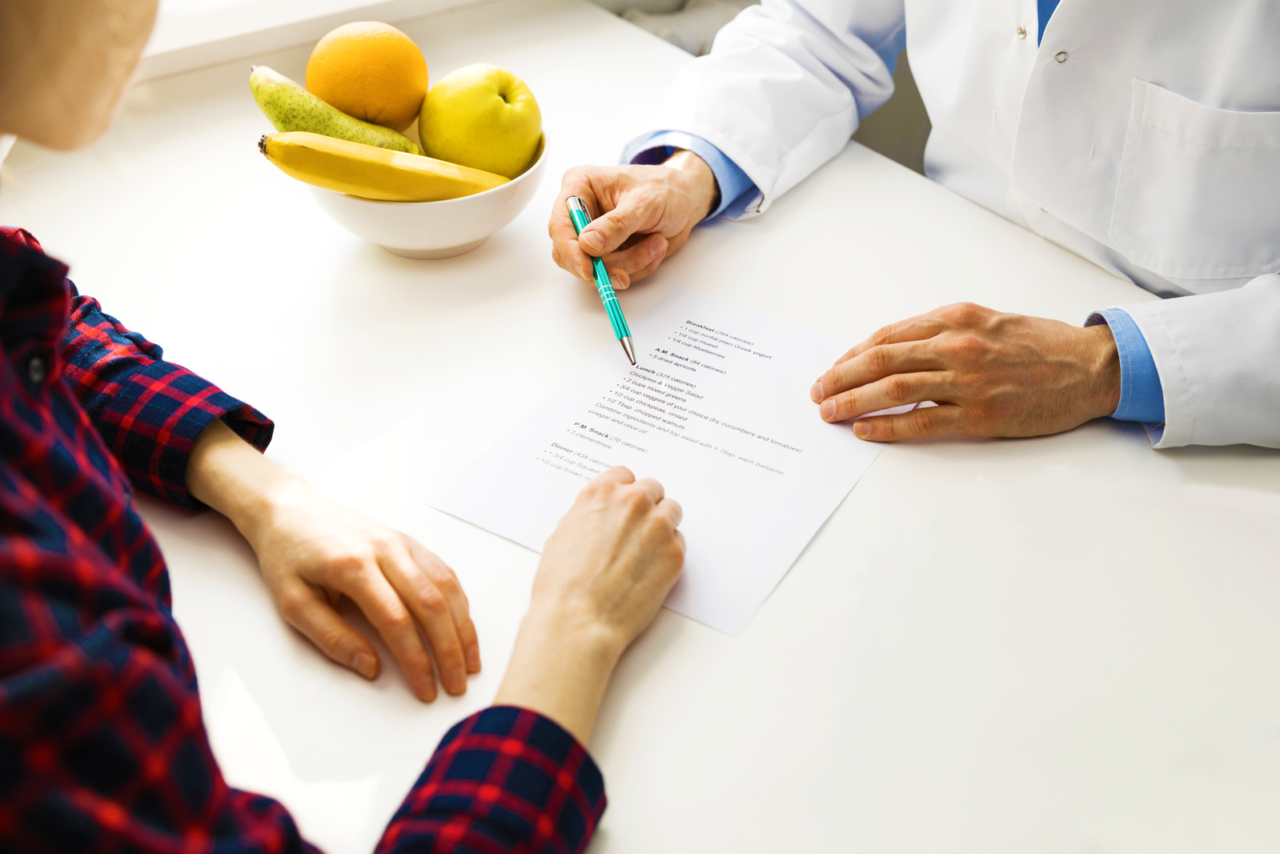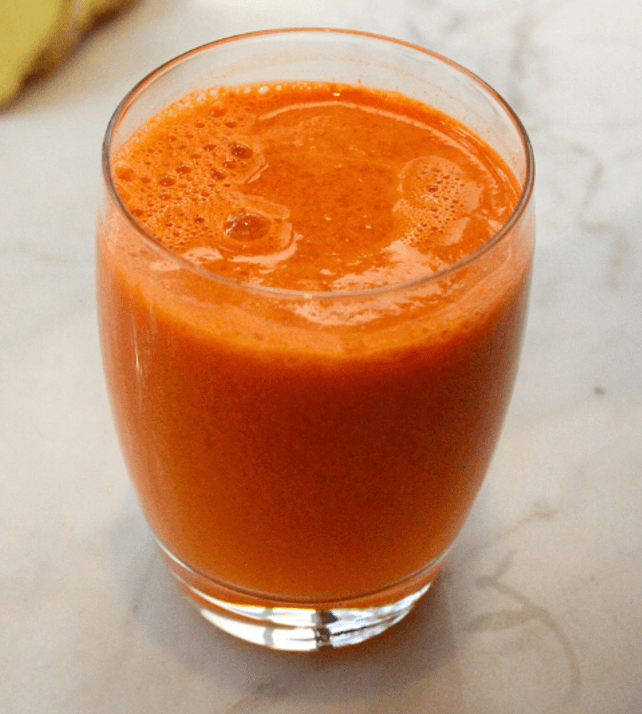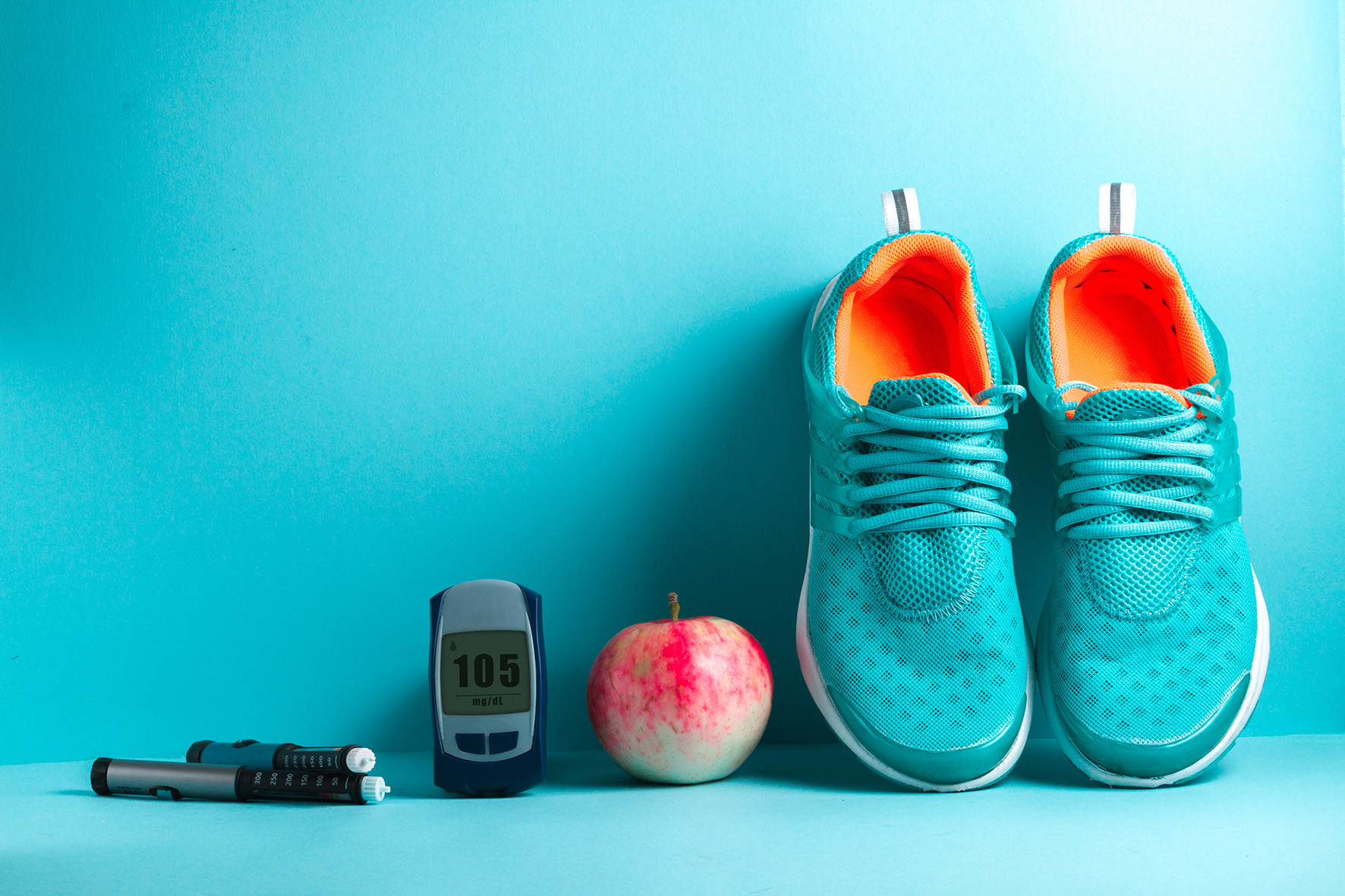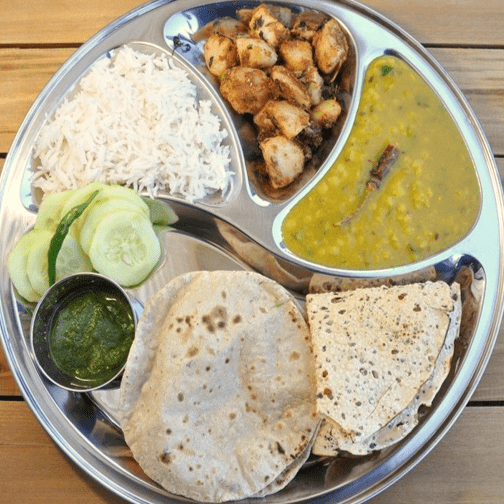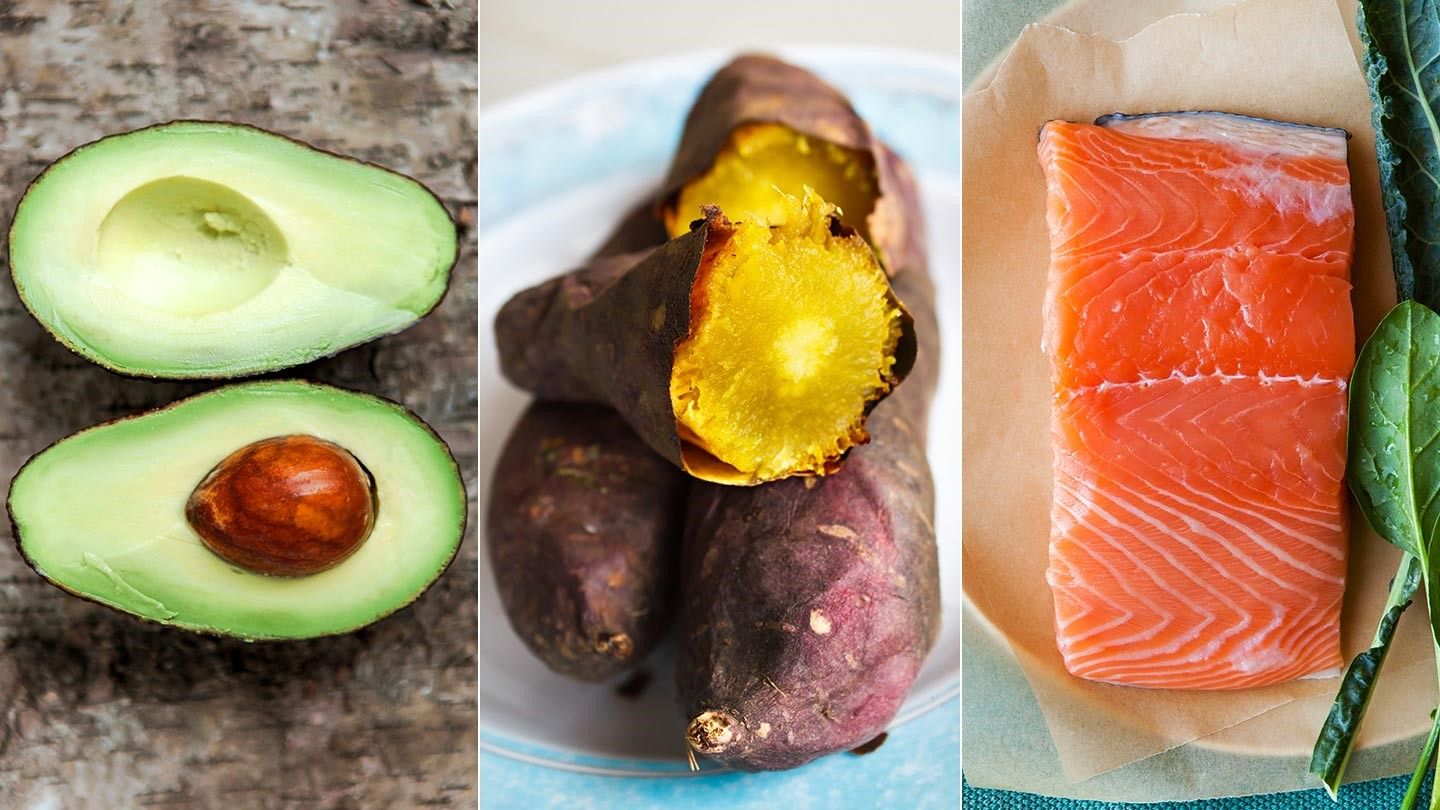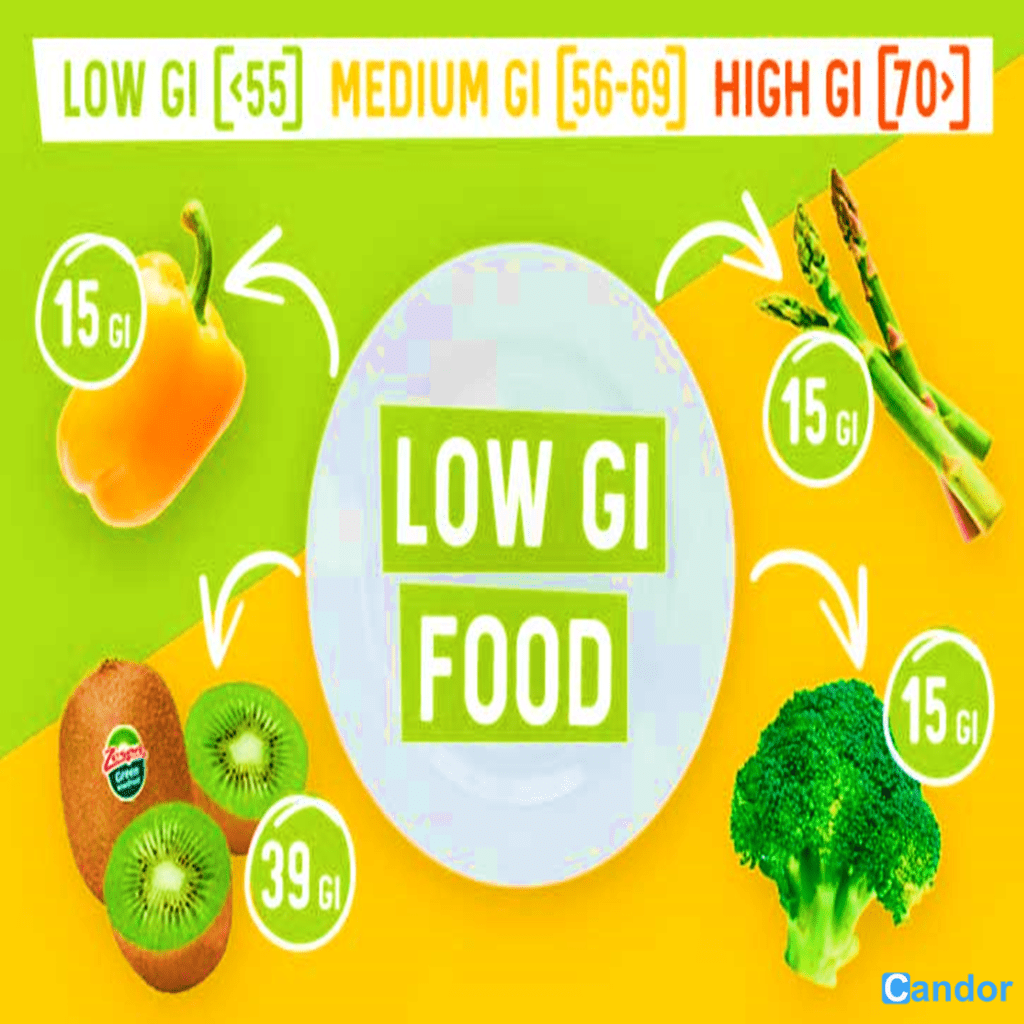
The glycemic index (GI) measures how quickly a carbohydrate-containing food raises blood sugar levels compared to pure glucose, which has a GI value 100. Foods with a lower GI (below 55) cause a slower rise in blood sugar, while those with a higher GI (70 or above) lead to a rapid spike. This understanding of GI is crucial in control blood sugar with low-GI superfoods. These nutrient-rich options provide sustained energy and help stabilize blood sugar levels, promoting better overall glycemic control.
For people with diabetes, choosing low—and moderate-GI foods can help manage blood sugar levels and reduce the risk of spikes after meals. Focusing on low-GI superfoods is an effective strategy, as these nutritious foods provide sustained energy and stabilize blood sugar, allowing the body to maintain better glycemic control overall.
This article will explore these lesser-known low-GI superfoods that can be easily incorporated into diabetes-friendly daily meals. With creative recipes and meal planning, these nutritious foods can help you meet health goals while enjoying delicious and satisfying meals.
Chia Seeds
GI: Chia seeds have a low glycemic index (GI), typically around 1 to 2. This makes them an excellent option for people with diabetes since they will not spike blood sugar levels.
Incorporation Ideas:
Chia seeds are incredibly versatile and can be incorporated into meals and snacks in many creative ways:
- Chia Pudding: One of the most popular uses for chia seeds is to make chia pudding. Mix chia seeds with milk or yogurt of your choice and allow the mixture to sit overnight in the fridge. The chia seeds will absorb the liquid and take on a pudding-like texture. Add a touch of honey or maple syrup for sweetness if desired. Top with fresh fruit like berries or chopped nuts for extra nutrition and crunch.
- Smoothies: Blend a spoonful of chia seeds into your favorite smoothie recipe. The chia seeds will thicken the smoothie’s consistency, adding fiber, protein, and omega-3 fatty acids. They go well with any fruit flavor.
- Overnight Oats: Combine chia seeds with oats and milk in a jar for a grab-and-go breakfast. Refrigerate overnight and enjoy in the morning for a balanced meal to start your day. The chia seeds will help keep you full.
- Baking: Add chia seeds to muffins, breads, or protein bars for a nutrition boost. Their mild flavor allows them to blend seamlessly with all kinds of baked goods.
Bitter Melon (Karela)
Bitter melon, known as karela, is a unique superfood known for its bitter taste and impressive health benefits. When it comes to diabetes management, bitter melon shines.
GI: Bitter melon has a shallow glycemic index, usually below 20. This makes it an excellent choice for keeping blood sugar levels stable. The bitterness comes from compounds like charantin, which enhance the body’s ability to use insulin efficiently.
Incorporation Ideas:
Given its potent flavor, bitter melon requires some creativity to incorporate into meals. Here are a couple of ways to start enjoying its perks:
- Stir-Fry: Slice bitter melon into thin half-moons. Stir-fry it with onions, garlic, and your favorite spices like turmeric or cumin. Serve alongside brown rice or quinoa. The onions and spices balance out the bitterness.
- Bitter Melon Juice: A juicer extracts fresh juice from bitter melons. Drink one small glass on an empty stomach first thing in the morning. This concentrated dose maximizes the blood sugar-lowering effects. Add a squeeze of lemon to mellow the intense bitterness.
Bitter melon is an adventurous ingredient, but when prepared thoughtfully, it offers remarkable benefits for diabetes management. Try out these recipes to tap into their superfood powers!
Fenugreek
GI: Fenugreek seeds have a moderate GI, ranging from 30 to 50.
Incorporation Ideas:
- Sprouted Fenugreek Salad: Sprout fenugreek seeds and toss them with chopped veggies, lemon juice, and a pinch of salt. The sprouted seeds add a slightly bitter, nutty flavor and soluble fiber.
- Fenugreek Tea: Brew fenugreek seeds in hot water and enjoy it as a soothing tea. The tea has an earthy, maple-like taste and may help control blood sugar spikes after meals. Let it steep for 5-10 minutes before drinking.
Barley
GI: Barley has a low to moderate GI, around 25 to 45.
Incorporation Ideas:
- Barley Soup: Cook barley with vegetables, herbs, and broth to make a hearty soup. The barley adds fiber and nutrients while keeping the glycemic impact lower. Add carrots, celery, onions, garlic, parsley, and bay leaves.
- Barley Salad: Mix cooked barley with diced cucumbers, tomatoes, parsley, and lemon dressing. The barley provides sustained energy, while the vegetables add vitamins, minerals, and fiber. Add chickpeas or tuna to make it a complete meal.
Okra (Lady’s Finger)
GI: Okra has a low GI, typically around 20.
Incorporation Ideas:
- Okra Curry: Prepare a spicy okra curry with onions, tomatoes, and Indian spices. Serve it with whole wheat roti or brown rice.
- Okra Stir-Fry: Sauté sliced okra with garlic, ginger, and a sprinkle of turmeric.
Okra, also known as lady’s finger, is a nutritional powerhouse. With a low glycemic index of around 20, it’s an excellent choice for people with diabetes.
Okra contains valuable nutrients like vitamin C, folate, magnesium, and fiber. The high fiber content helps slow the absorption of sugar into the bloodstream after a meal. This steady release helps maintain balanced blood sugar levels.
There are many tasty ways to incorporate okra into your diet. Make a spicy okra curry with onions, tomatoes, and Indian spices like cumin, coriander, and turmeric. Serve it alongside whole wheat roti or brown rice.
Another quick option is to stir-fry sliced okra with garlic, ginger, and a sprinkle of turmeric to draw out its nutrients. The possibilities are endless for cooking with this superfood veggie!
Cinnamon
Cinnamon has been shown to benefit insulin sensitivity and blood sugar control. The active compound in cinnamon, cinnamaldehyde, can help insulin work more efficiently and improve glucose uptake from the bloodstream into cells.
Some research indicates that consuming as little as 1/2 to 1 teaspoon of cinnamon daily may aid insulin function and lower blood sugar levels. The effects appear more pronounced in people with type 2 diabetes, although cinnamon can also benefit those with prediabetes.
Cinnamon makes an easy addition to a diabetic diet. Sprinkle it on oatmeal, stir it into coffee, or blend it into smoothies. You can also brew cinnamon tea by steeping cinnamon sticks in hot water. Some other creative ways to add more cinnamon include:
- Making overnight oats with cinnamon and unsweetened almond milk
- Adding a dash of cinnamon to plain yogurt along with fresh fruit
- Tossing roasted sweet potatoes with cinnamon, cumin, and a touch of maple syrup
- Mixing cinnamon into pancake or waffle batter
- Preparing chicken seasoned with cinnamon, garlic powder, and paprika
Enjoy experimenting with cinnamon to make food tastier while promoting better blood sugar control. Just 1/2 teaspoon per day can make a difference!
Balancing Superfoods
Eating a variety of superfoods is essential, but so is maintaining a balanced diet overall. When incorporating lesser-known superfoods, be mindful of your total calorie intake and nutrient balance.
Portion control is vital – even healthy foods can lead to weight gain if you overeat. Stick to reasonable serving sizes of high-GI foods and bulk your meals with non-starchy vegetables. Avoid overloading your plate with any single ingredient.
Aim for a balanced mix of protein, healthy fats, complex carbs, and micronutrients at each meal. Round superfoods with other nutritious foods like fatty fish, beans, lentils, whole grains, nuts, seeds, and produce.
Focus on getting a spectrum of vitamins, minerals, antioxidants, fiber, and healthy fats. This diversity helps ensure you meet all your nutritional needs while keeping calories in check.
Moderation and variety are vital principles for diabetes management and overall health. Superfoods can be safely incorporated into a balanced diet.
Experimenting with Flavors
Getting creative with superfood recipes can be a fun way to incorporate these nutrient-dense ingredients into your diet. Don’t feel free to try new flavor combinations and preparation methods when using lesser-known superfoods.
For example, chia seeds can be used to create puddings, oatmeal, smoothies, and more. Try soaking chia seeds in plant-based milk overnight to create a tapioca-like texture. Then, mix in fresh berries, cinnamon, vanilla extract, or other spices for different flavors. Chia pudding makes for a protein-packed breakfast or snack.
Bitter melon can be an acquired taste, but cooking it with the right spices helps mellow out the bitterness. For bitter melon stir-fries, experiment with garlic, fresh ginger, soy sauce, sesame oil, chili flakes, or lemongrass. Or try using bitter melon in curries with onion, tomato, and warming spices like turmeric, coriander, and cumin.
When sprouting fenugreek seeds, use the fresh sprouts to top salads, sandwiches, flatbreads, and more. The sprouts have a slightly sweet, nutty taste that pairs well with lemon juice, olive oil, and crunchy veggies. Combine fenugreek tea with cleansing herbs like licorice root or tulsi.
Get creative with unique flavor pairings to make these superfoods delicious additions to any meal!
Summary
In summary, incorporating lesser-known superfoods into your diet can tremendously benefit managing diabetes. Foods like chia seeds, bitter melon, fenugreek, barley, and okra have low GI values, meaning they have a slower effect on blood sugar spikes.
When using these ingredients, remember to balance them with other nutrient-rich foods as part of a healthy, well-rounded diet. Control your portion sizes, and don’t rely too heavily on any single ingredient. Variety and moderation are key.
Some final tips:
- Experiment with different recipes and preparation methods to find what you enjoy most. Get creative with seasonings and spice blends!
- Start small to see how it affects your blood sugar levels when trying a new ingredient. If you respond well, slowly increase the portion.
- Stay hydrated and exercise regularly for additional blood sugar control.
- Check with your doctor before significant changes to your diet or lifestyle.
You can create delicious meals and snacks incorporating diabetes-friendly superfoods with creativity and planning. Your health is worth the effort!
References:
- Franz, M. J., Bantle, J. P., Beebe, C. A., Brunzell, J. D., Chiasson, J. L., Garg, A. & Wheeler, M. L. (2002). Evidence-based nutrition principles and recommendations for treating and preventing diabetes and related complications. Diabetes Care.
- Fiona S Atkinson, Jennie C Brand-Miller, Kaye Foster-Powell, Anette E. Buyken, Janina Goletzke (2021). International tables of glycemic index and glycemic load values 2021: a systematic review. The American Journal of Clinical Nutrition.

